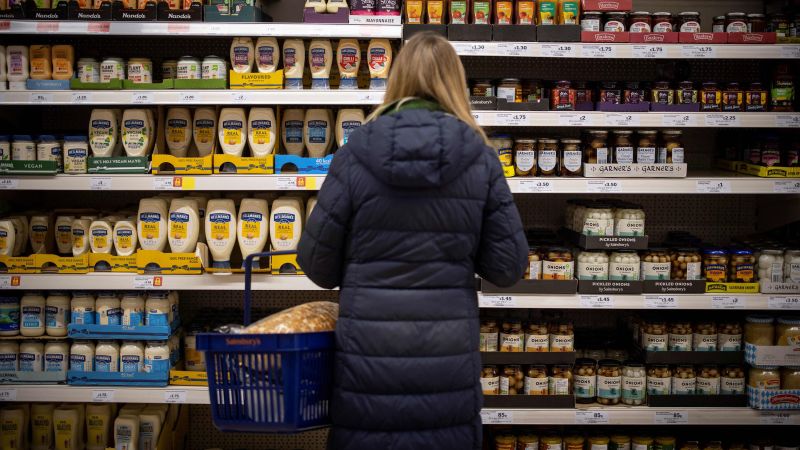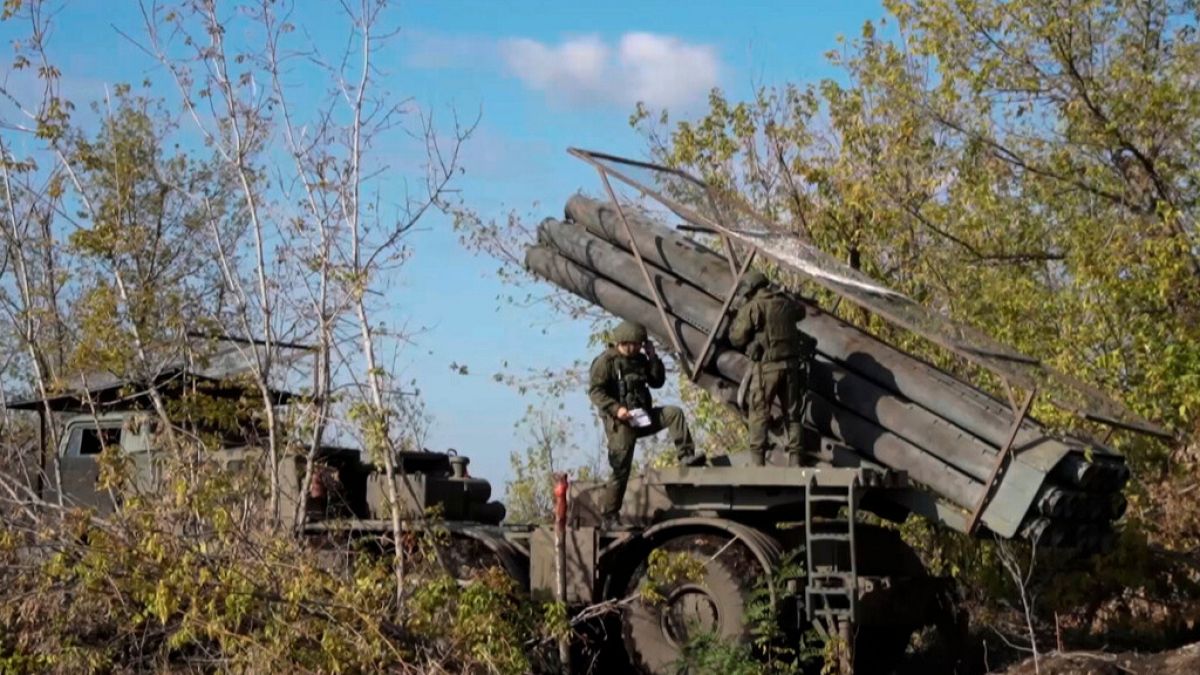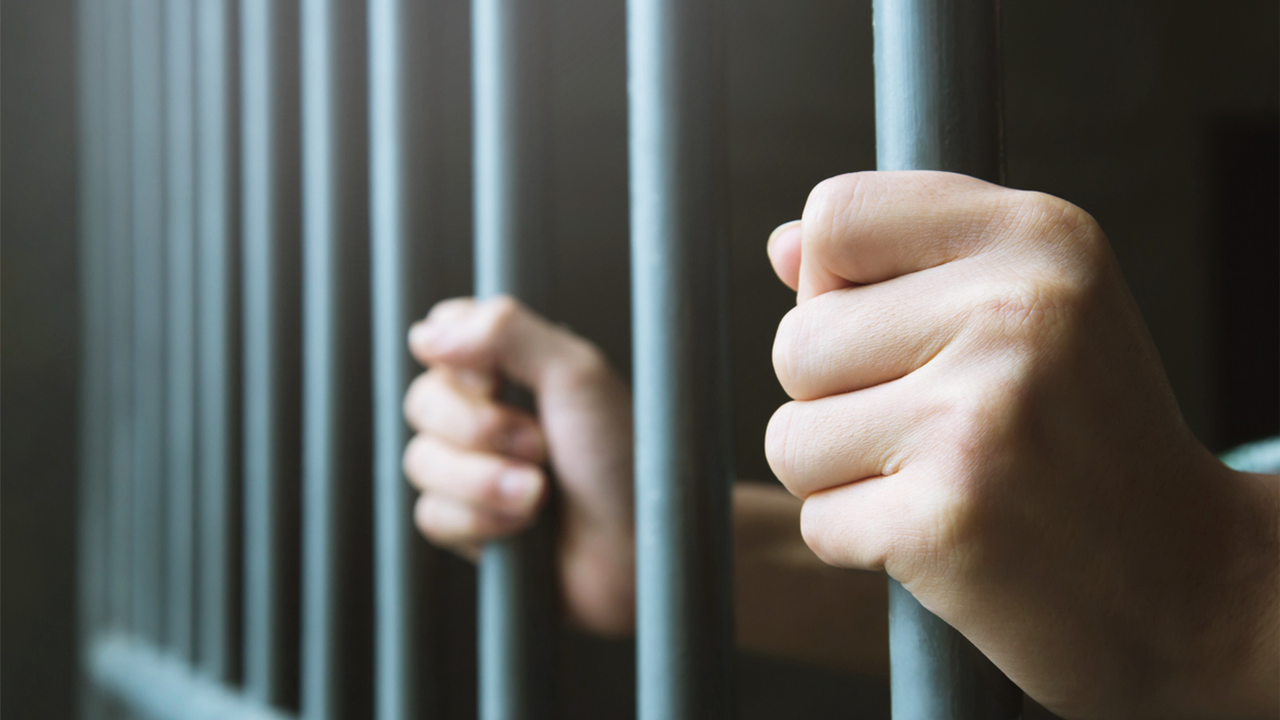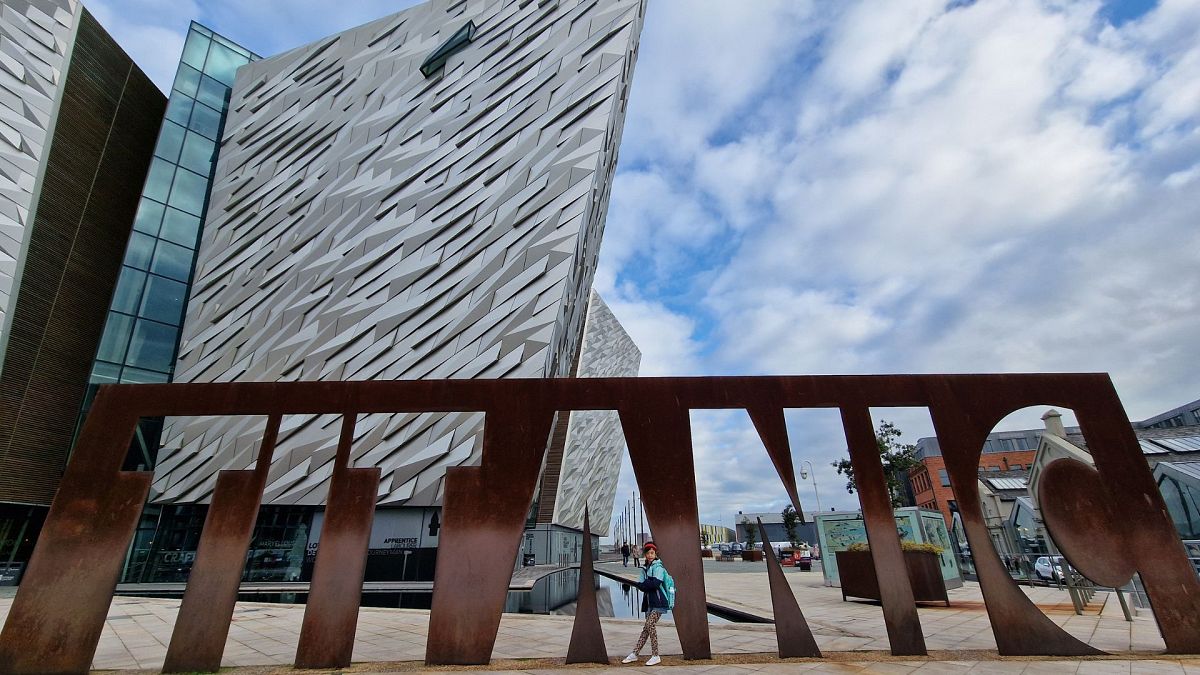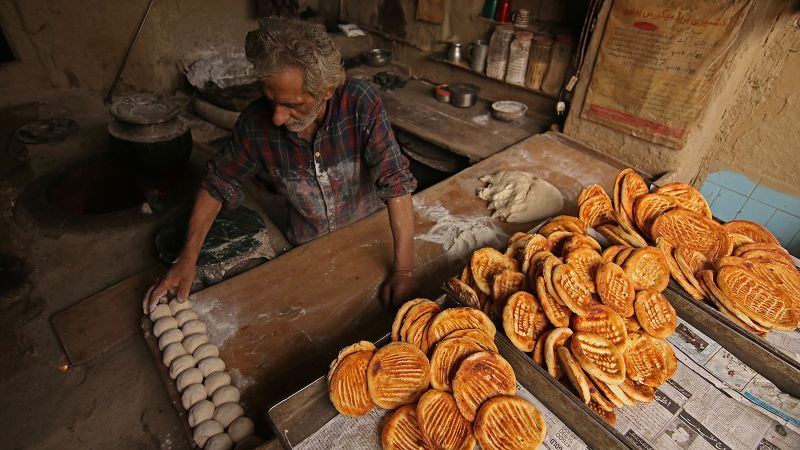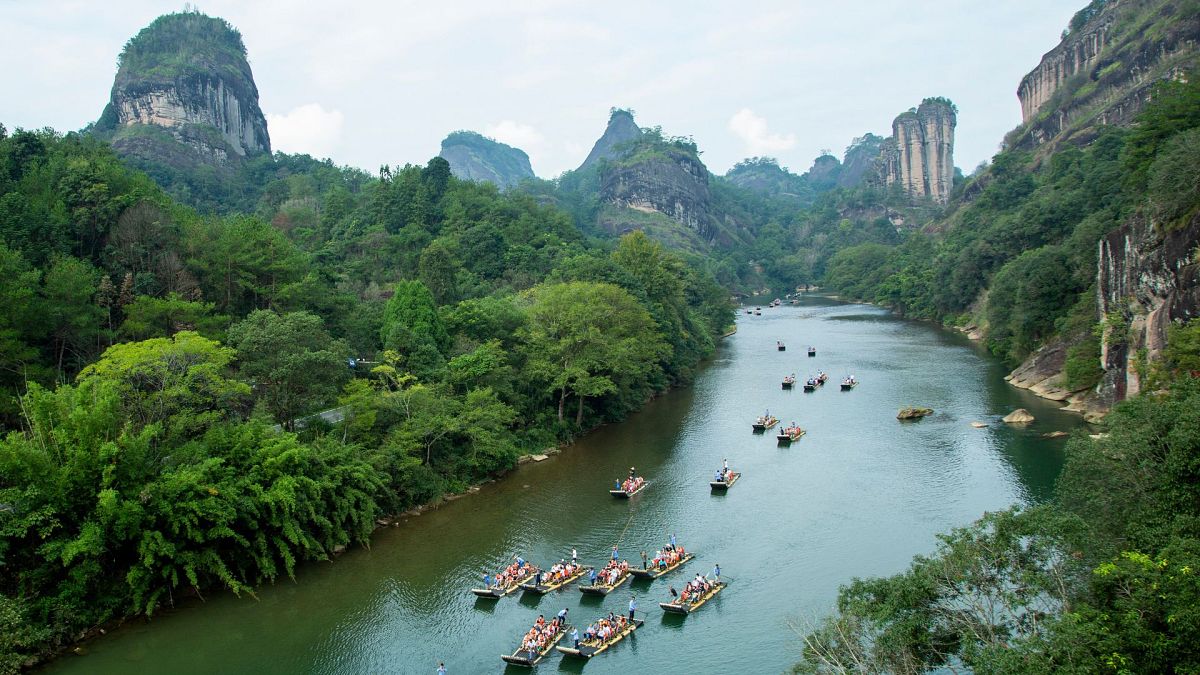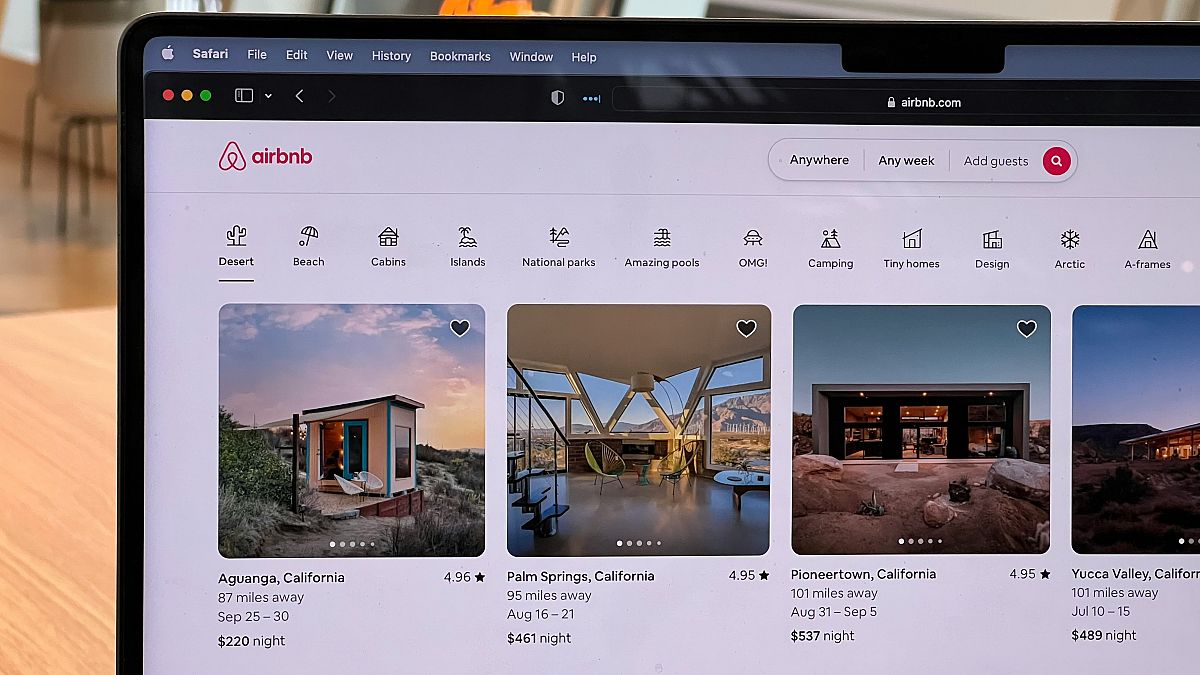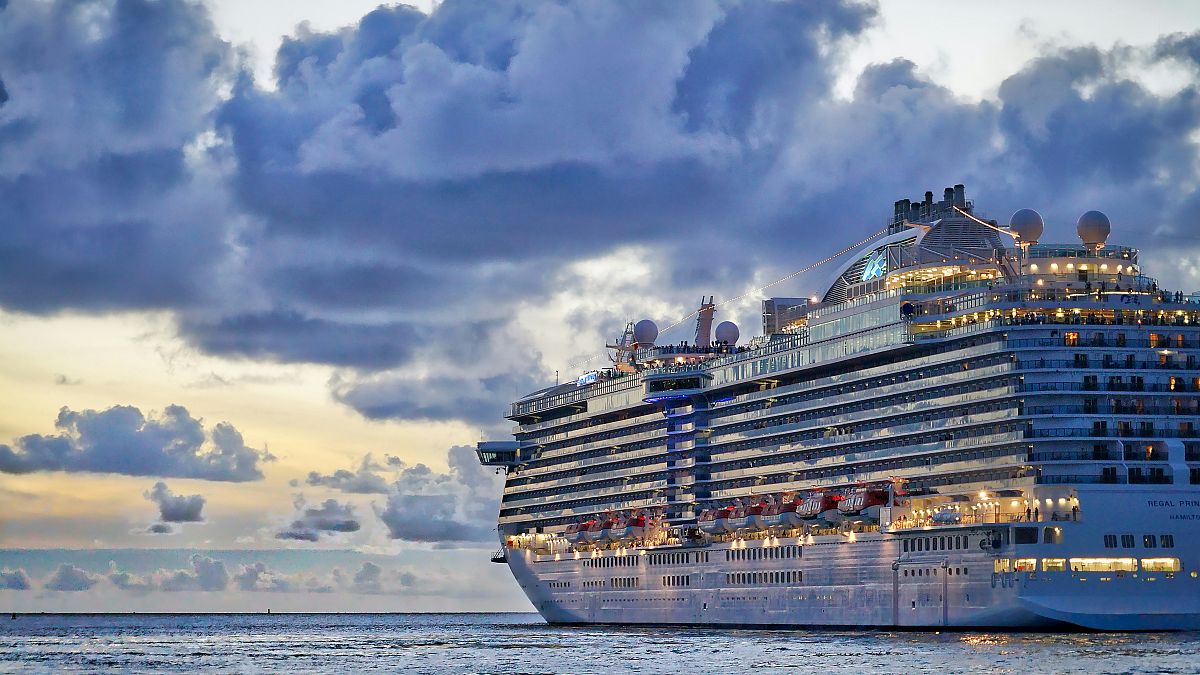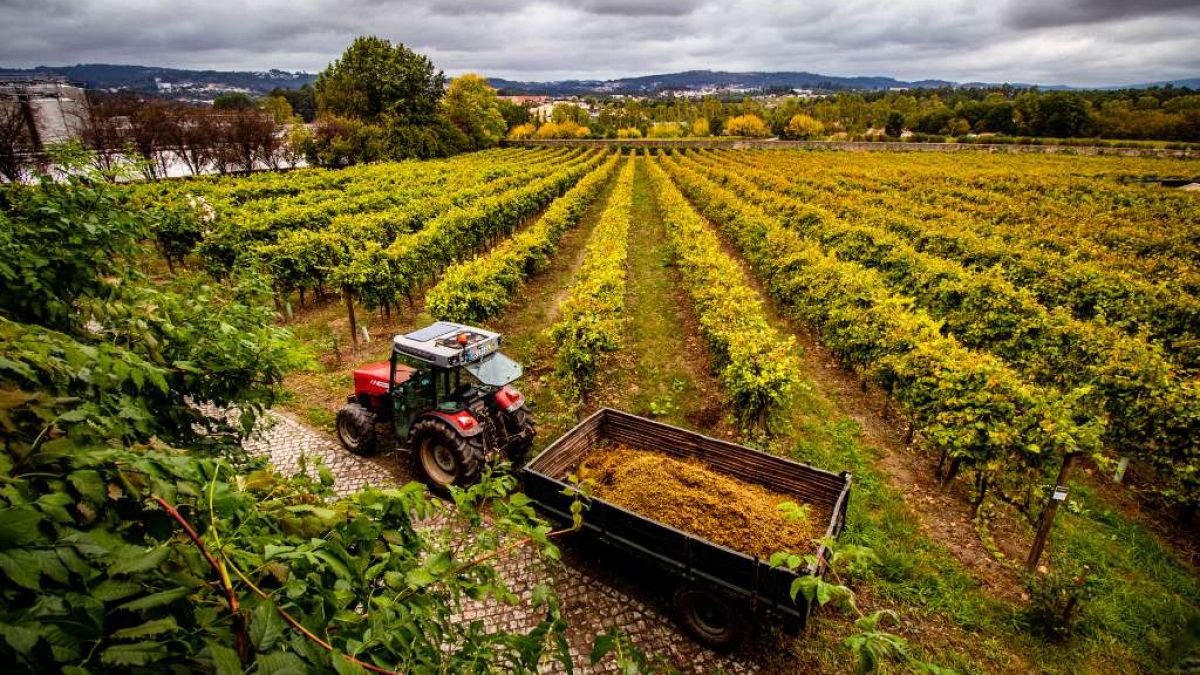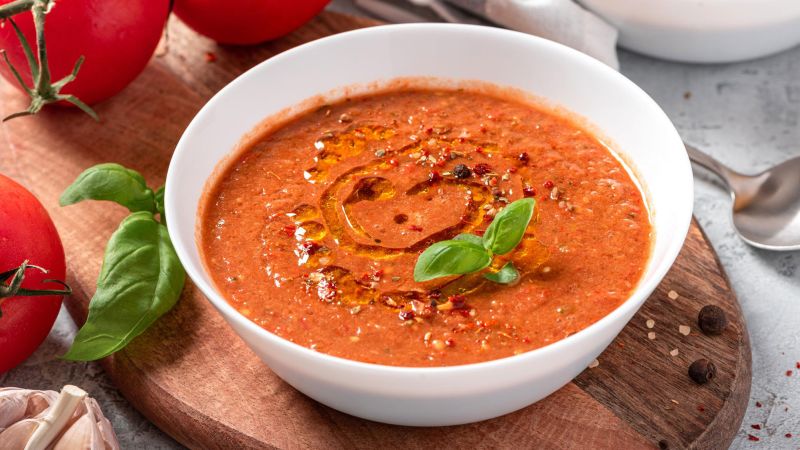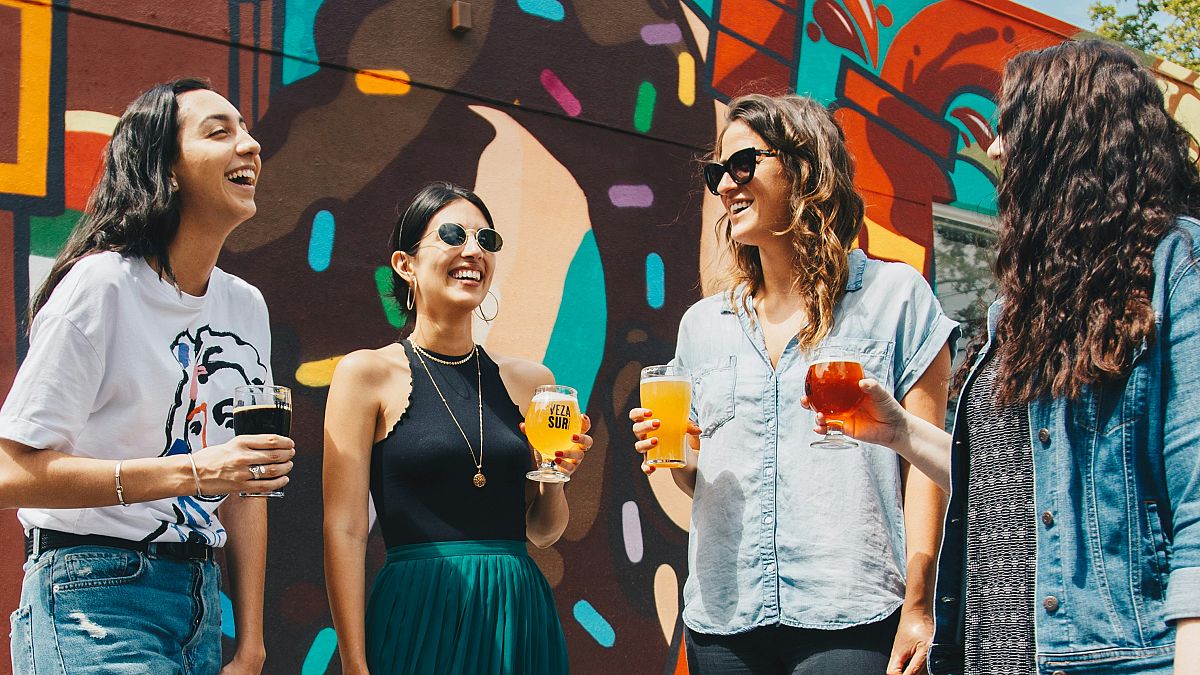Gobble, gobble, grab your turkey baster, it’s Thanksgiving.
Canadian Thanksgiving, that is.
Though the US version takes place on the fourth Thursday of November, Canada celebrates on the second Monday of October, which this year falls on October 14.
For more insights into this annual great feast, we reached out to Andrew McIntosh, senior subject editor with the Canadian Encyclopedia.
Naturally, we first had to address a question often asked by Americans – why does Canada celebrate Thanksgiving in October instead of November?
Historically, he says, Thanksgiving in Canada has generally been about celebrating the fall harvest and giving thanks for the food it provides before the cold season sets in.
“Winter comes a lot earlier in Canada, so our fall harvest happens earlier, too,” he says.
“Canadian Thanksgiving was set as the second Monday in October, when the weather is still amenable to outdoor activities, in 1957.”
But the country was celebrating long before that. The first official Thanksgiving holiday took place in 1879, and in the following years, it didn’t always happen in October.
“The exact date for each year was determined annually by Parliament, which also assigned a unifying theme each year it often centered around celebrating the monarchy,” says McIntosh.
Interestingly, he notes the holiday occurred as late in the year as December 6 and even coincided with American Thanksgiving a few times.
As for the present day, some Canadians including this writer’s extended family opt to host their Thanksgiving meal the day before the official Monday holiday, allowing those who drove or flew in for the long weekend time to journey back home and not have to take an extra day off work.
So what do Canadians traditionally eat for Thanksgiving? On the surface, foods might not appear to be that different from those that will grace America’s tables on November 28.
That’s because the US had a heavy influence on what Canadians eat, says McIntosh.
“Canadians very much appropriated the traditional Thanksgiving dinner from America,” he adds.
“The conventional spread of turkey, gravy, potatoes, squash and rolls, with cranberry sauce on the side and pumpkin pie for dessert, is very typical across Canada.”
That said, he notes there are some regional differences. After all, Canada is a huge country made up of dozens of cultures with their own culinary influences.
“In Newfoundland, Jigg’s dinner (a salt meat stew similar to corned beef and derived from Ireland), is often preferred over turkey, scalloped potatoes are preferred over mashed, and cranberry sauce is used instead of gravy,” he says.
Meanwhile, in Western Canada, he says some prefer to eat ham and include Brussels sprouts as a side dish.
“Many ethnic groups will often include some of their traditional dishes,” adds McIntosh.
“For example, Indigenous people will typically serve a side of bannock (a kind of fry bread), while perogies and cabbage rolls are Thanksgiving staples for many Ukrainian Canadians.”

The real regional differences around Thanksgiving in Canada tend to concern the sweet treats served at the end of the meal.
“The pie of choice is often accompanied by different desserts in different regions – because what is Thanksgiving if not an excuse to eat as much as possible?” asks McIntosh.
Like in the US, pumpkin pie is still a staple in most of the country. But he notes those who celebrate Thanksgiving in Quebec and Atlantic Canada tend to prefer apple pie or apple crisp.
“Ontarians love their butter tarts – they’re like mini pecan pies, what’s not to love! – while people out west favor Nanaimo bars, sometimes called smog bars or prayer bars in the US,” he adds.
As for the province of Quebec, where French is the predominant language, McIntosh lets us in on a fun fact: Most Quebeckers don’t even celebrate Thanksgiving.
“In the late 19th and early 20th centuries, Thanksgiving in Canada was mainly a Protestant endeavor and was often used as an excuse to give thanks for the British monarchy – factors that alienated Catholic French Canadians,” he says.
“Anglo Quebeckers (a minority in the province) do celebrate Thanksgiving, but immigrant communities in Quebec tend to conform to the French Canadian standard. As a Chinese Canadian colleague from Montreal told me, ‘We had Thanksgiving as a day off from school and never really understood why.’”

McIntosh notes that while some Indigenous groups in the US view Thanksgiving as a National Day of Mourning, Canada’s Indigenous peoples “generally tend to experience Thanksgiving more along the same lines as English Canadians: as an opportunity to enjoy good food and leisure time with family.”
He adds: “Some tensions around Thanksgiving do still exist in Canada, as they exist around anything that is in some way associated with the violent displacement and disenfranchisement of Indigenous peoples.”
That said, he notes that Indigenous people in Canada also see Thanksgiving as a celebration of Indigenous foods that predate colonial settlement, “including turkey, squash, corn and cranberries.”

In the US, one major highlight of the holiday is of course the Macy’s Thanksgiving Day Parade in New York City. Canada doesn’t put on anything of this scale to celebrate, however, there are some harvest festivals and Thanksgiving-adjacent events to mark the season, a time when the leaves are changing and cooler temperatures have set in.
For example, on Prince Edward Island, Canada’s smallest province, the annual Fall Flavours event in late September/early October is a three-week celebration of the island’s best local food and drink.
Out west in the town of Smoky Lake, aka Alberta’s ‘Pumpkin Capital’, you’ll find the Great White North Pumpkin Fair. Taking place every October, it’s famed for its various food and social events, including a dramatic “Pumpkin Weigh Off.” This year’s winner reportedly weighed in at 2,137 pounds. No word on how many pies you could make out of that beast.
What about shopping? Are there any hot deals to be scored? Canadian Encyclopedia editor McIntosh notes that “Canada doesn’t have a big retail connection to the day like in the US, where Black Friday is the biggest shopping day of the year.” In fact, stores are typically closed in Canada on Thanksgiving Day.
“It’s also not the biggest travel time of the year in Canada (we save that for Christmas),” he adds.
“But we do commonly spend the holiday watching sports, mainly CFL (Canadian Football) and NHL games, and using the time off work to prep the house or the cottage. It is Canada, after all. Winter is coming.”
